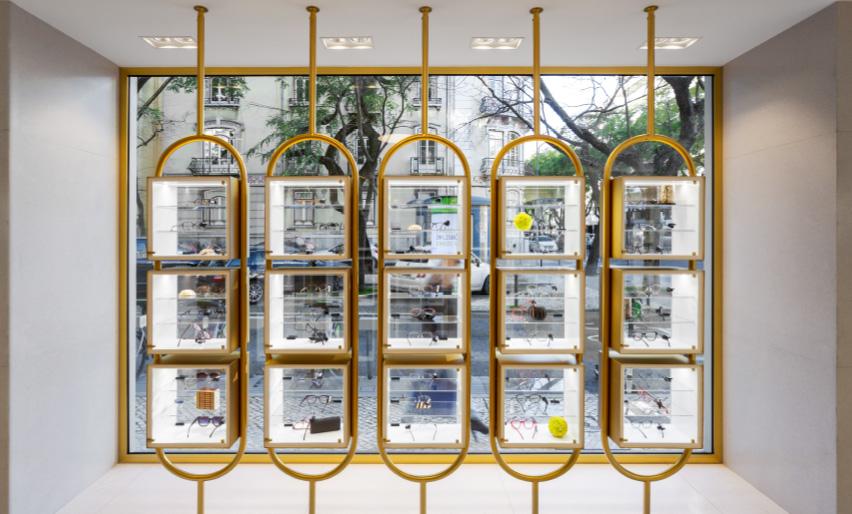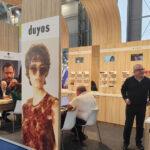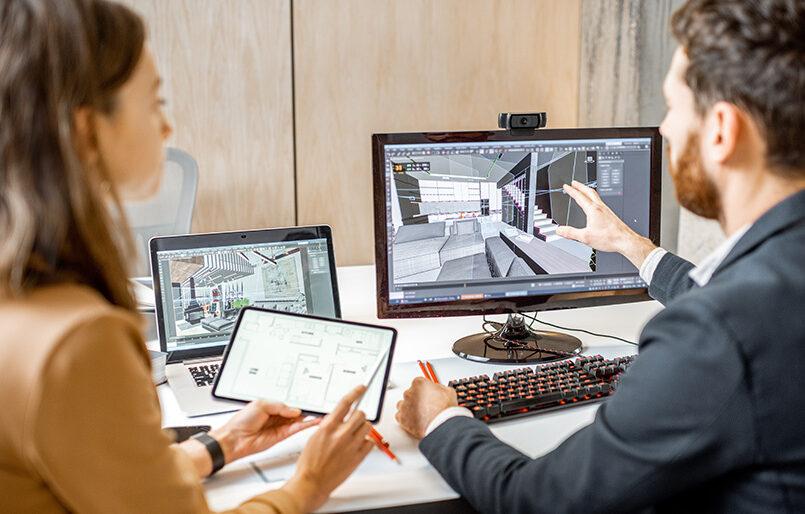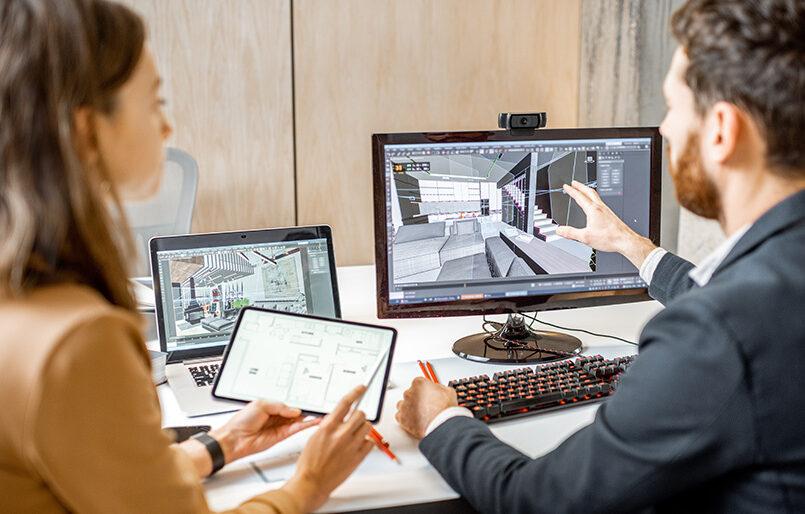The Power of the Shop Window in Store Design
The outside of a shop is more than a façade: it's an invitation. It's the first contact between the brand and the buyer, the moment when you decide whether it's worth going in and finding out more. A well-designed window display is not just a showcase for products, it is a statement of identity, a reflection of commercial strategy and, above all, a visual experience that can generate desire, emotion and loyalty.
Shop window: the first glance counts
The shop window acts as a stage where the brand communicates its essence. When well planned, it attracts attention, arouses curiosity and creates an immediate connection with the visitor. The secret lies in balance: less visual information, more impact.
There are different ways of looking at the shop window, each with a strategic role in the design of the space:
- Prestigious shop windows - transform items into icons, creating a visual impact and conveying exclusivity.
- Station windows - reveal trends and novelties, in line with the times and lifestyles.
- Informative shop windows - showcase new or less explored pieces.
- Promotional shop windows - appeal to opportunity and encourage immediate purchase.
- Price windows - emphasise competitiveness and accessibility as central arguments.
Design that guides the eye
The visual composition of the shop window is decisive. Vertical lines convey height, horizontal lines give breadth, diagonals suggest dynamism and curves evoke movement. Lighting, in turn, transforms products, creates atmospheres and can be the difference between the ordinary and the memorable.
The arrangement of the items also follows a logic: at eye level, the impact is greater; above or below, attention is dispersed. A zigzag organisation, with different heights, invites the eye to wander around the window, discovering details and creating a visual narrative.
Far beyond the exhibition
Ultimately, the shop window is not just a display space. It's a communication tool that translates values, differentiates the brand and generates emotional involvement. It's a place where design and architecture meet to create experiences that not only attract visitors, but also build lasting relationships between shop and customer.






